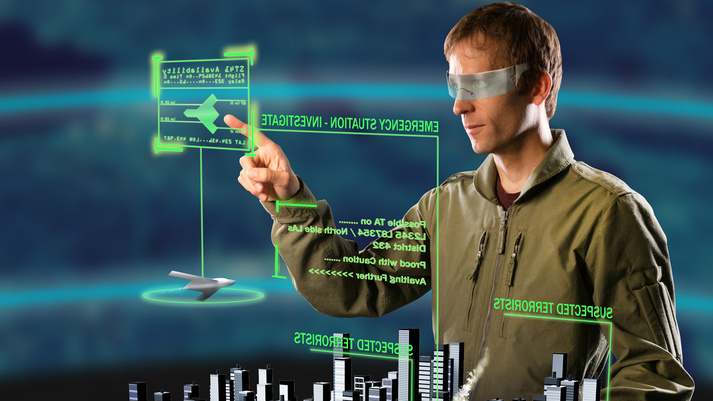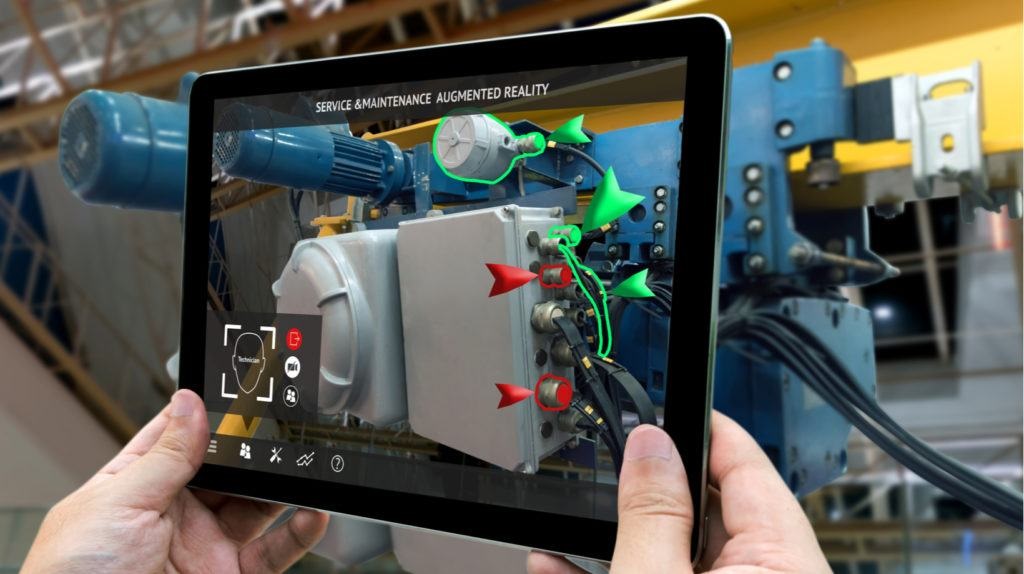
The Dawn of Tomorrow: Augmented Reality Systems in the Near Future
In a world swiftly evolving through technological advancements, Augmented Reality (AR) is no longer just a distant dream. As we step into the future, AR systems are poised to redefine our interaction with the digital realm, merging it seamlessly with our physical environment. Let’s explore the fascinating developments we can expect in the close future.
Advancements in AR Hardware
AR hardware has witnessed significant improvements over the years. From bulky, impractical devices, we are now seeing sleek, wearable gadgets that offer more comfort and longer usage durations.
High-resolution displays, efficient battery life, and more intuitive user interfaces are some of the enhancements on the horizon. As manufacturers prioritize miniaturization, AR glasses and headsets will soon be as commonplace as smartphones.
Furthermore, sensors equipped in these devices will be more adept at spatial recognition, allowing for an immersive AR experience that’s aware of and responsive to its surroundings.
Augmented Reality in Everyday Life
With AR becoming more mainstream, its applications in our daily routines will grow exponentially. Whether it’s for work, leisure, or learning, AR promises to add a layer of interactivity that was previously unimaginable.
- **Work and Collaboration**: Virtual meetings will transcend video calls. With AR, remote participants can feel as if they’re in the same room, enhancing collaboration and communication.
- **Learning and Education**: AR will offer interactive learning experiences, where complex concepts come to life, aiding in better understanding and retention.
- **Shopping and Entertainment**: Virtual try-ons for clothes or previewing furniture in your room before purchasing will become standard. Similarly, AR games and entertainment will offer unparalleled immersion.

Enhanced User Interaction
As AR systems become more sophisticated, user interaction will evolve from simple gestures and voice commands to more intricate and intuitive methods. We will see the integration of AI-driven interfaces that anticipate user needs and respond accordingly.
Moreover, haptic feedback technology will introduce the sensation of touch in AR, making the experience not just visually, but also tactilely engaging. This will dramatically boost applications in fields like medical training, where feeling is as vital as seeing.
Brain-computer interfaces might also find their way into AR, enabling users to control their augmented environments using mere thoughts.
Social Implications of AR Integration
While the advantages of AR are manifold, it’s essential to consider its societal implications. There will be concerns regarding privacy, as augmented environments might capture and use personal data in ways we haven’t encountered before.
Furthermore, the line between reality and augmentation might blur for some users, leading to potential psychological challenges. Ensuring a balanced and mindful integration of AR into our lives will be crucial to maximize its benefits while mitigating potential drawbacks.
